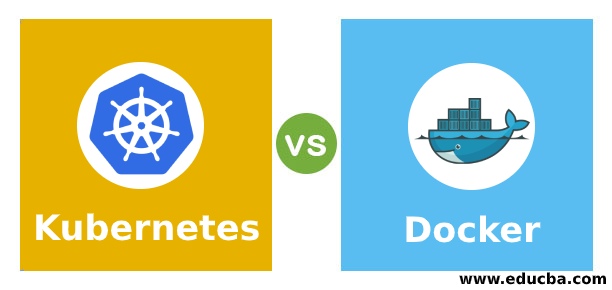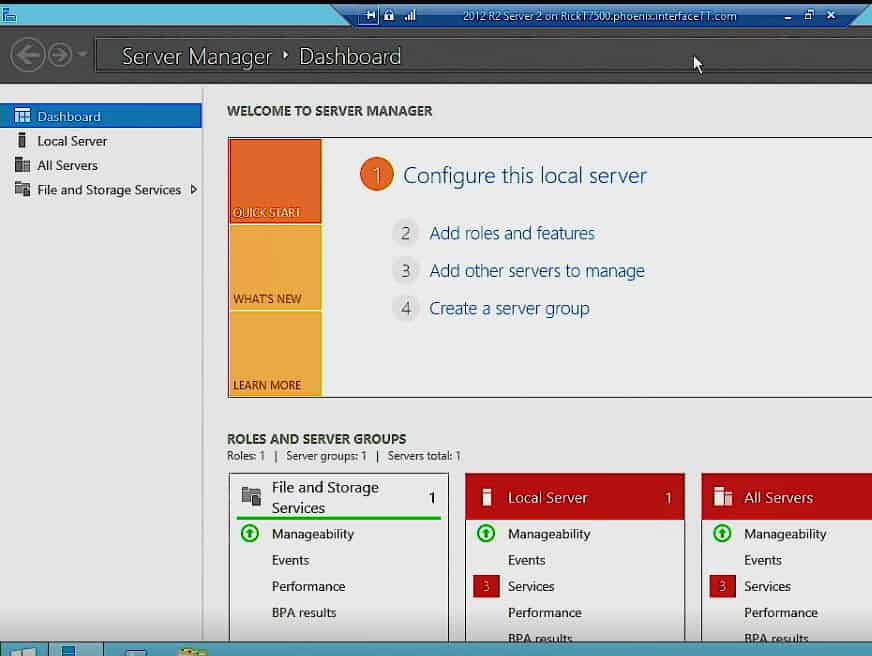

#Docker and kubernetes the complete guide coupon how to#
You know how to run with a container using simple Docker CLI commands until you grasp what it is. You must study Docker from the fundamentals in this course, starting with learning to address questions like "What is a container?" and "What is the function of a container?." We'll have a deep look into the internal workings of containers from the very first few lessons, and you can know how exactly they operate. Docker is an application-enabling platform named 'containers' in cities, while Kubernetes allows many 'containers' to operate in synchronization.

The newest technologies in the Dev Operations environment, Docker and Kubernetes have radically changed the process of web app development and delivery. This is the greatest lesson in developing every mobile application you might think of. Requires: Container-Selinux >= 2.If you're tired of spinning your wheels learning how to deploy web applications, this is the course for you.ĬI+CD Workflows? You will learn it.difference between kubernetes and docker swarm.difference between dockerswarm and kubernetes.At the same time, Kubernetes is used underway situations by different prominent web firms running well known administrations. Docker Swarm has been very well known among developers who incline toward quick arrangements and straightforwardness. Kubernetes upholds greater levels of popularity with great intricacy while Docker Swarm offers a basic arrangement that rushes to begin with.

In Docker Swarm, Swarm administrator nodes are liable for the entire bunch and deal with the assets of laborer nodes. Docker Swarm additionally gives high accessibility as administrations can be imitated in Swarm nodes. In Kubernetes, load-balancing services plays a great role detect unhealthy pods and remove them, this supports high availability. In Kubernetes, all pods are distributed among nodes and this provides high availability by minimizing application failure. As compared to Kubernetes tool, Docker Swarm can deploy containers faster, this allows fast reaction times to scale on demand. It is an intricate framework as it offers a bound together arrangement of APIs and solid assurances about the bunch state, which hinders container organization and scaling. Kubernetes is undoubtedly the best framework for distributed systems. It is recommended to use Docker with Reimann for monitoring, however since Docker Swarm has an open API, it makes it easier to connect with plenty of apps. Other tools are like the Grafana/Prometheus/NodePort combination.ĭocker Swarm is upheld for just checking with the outsider applications. Heapster/Grafana/ Influx for monitoring in the containerįor monitoring service and cluster in kubernetes, we can use multiple tools and stack such as ELK stack.Elasticsearch/Kibana (ELK) logs within the container.Kubernetes supports multiple versions of logging and monitoring when the services are deployed within the cluster. Furthermore, Docker Compose can also deploy the app. YAML files can be used to specify multi-container. Whereas, in Docker Swarm, applications is deployed as services (or micro-services) in a Swarm cluster.

In Kubernetes, an application is deployed using a combination of pods, deployments, and services.


 0 kommentar(er)
0 kommentar(er)
